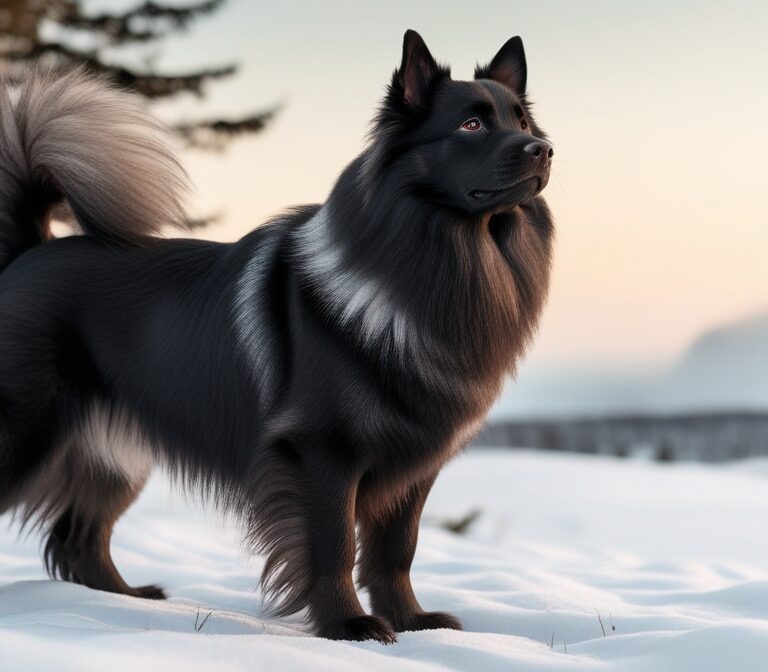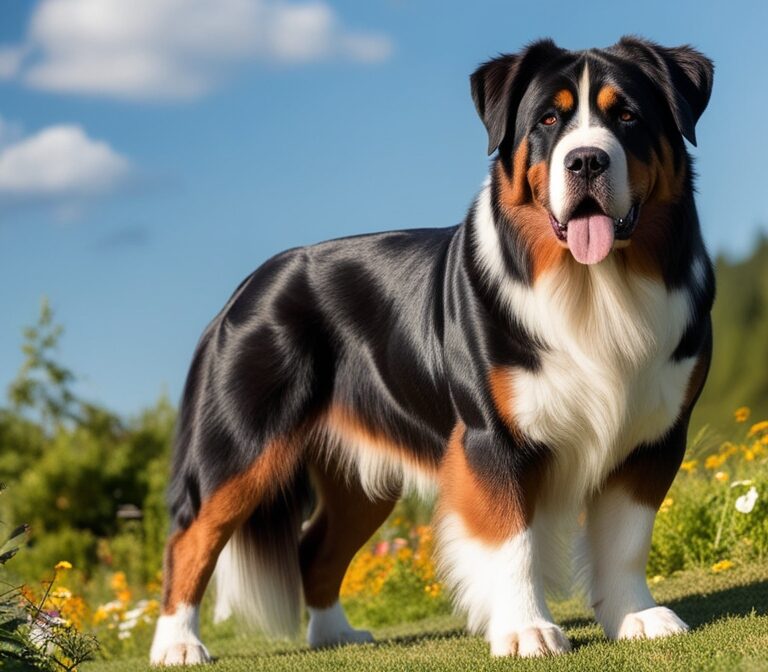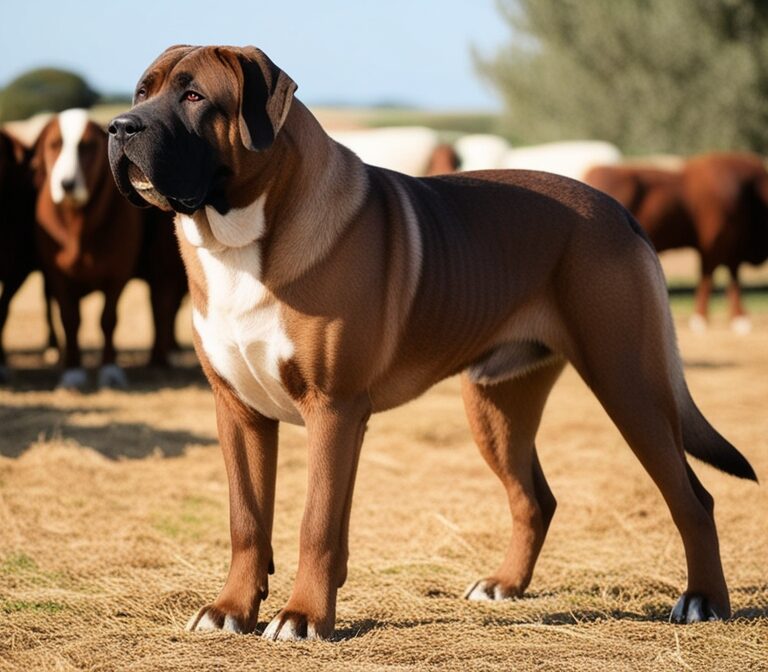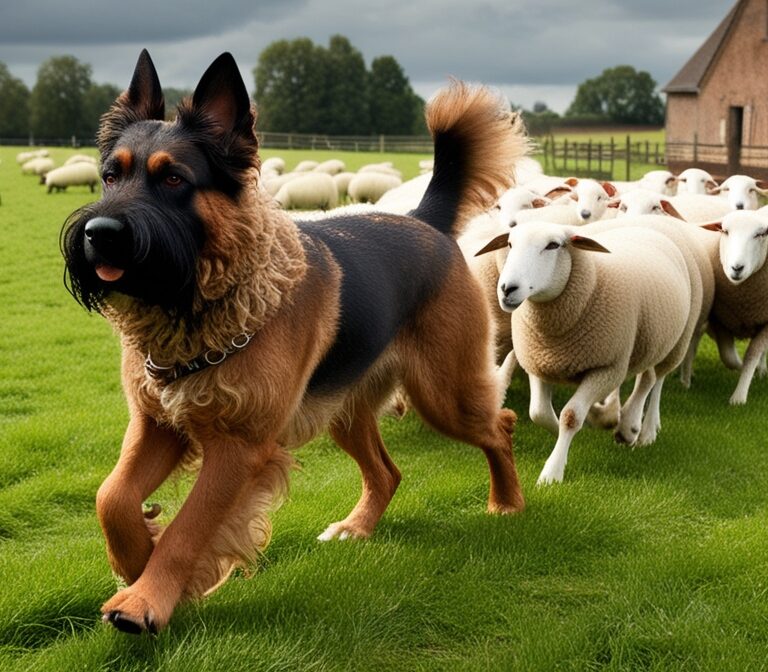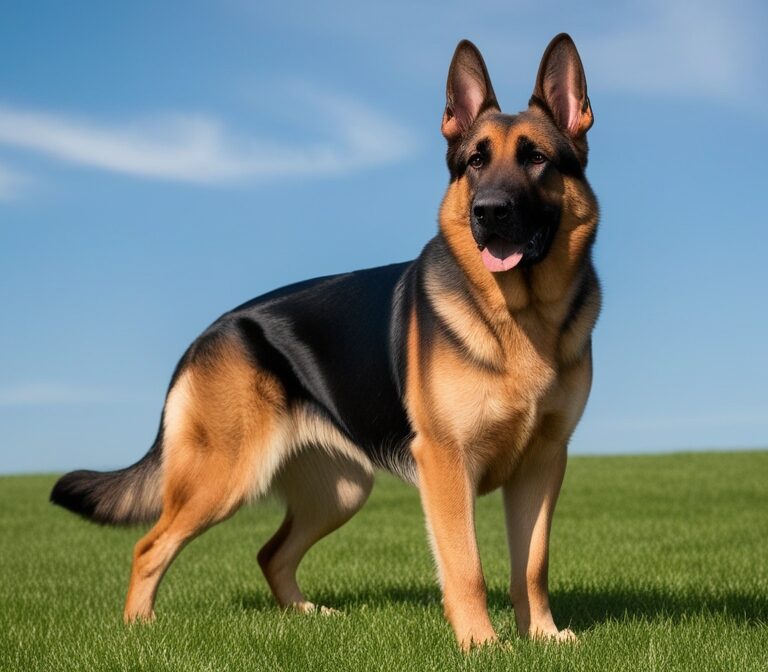The Ultimate Guide to the Leonberger: Temperament, Care, History, and Ownership
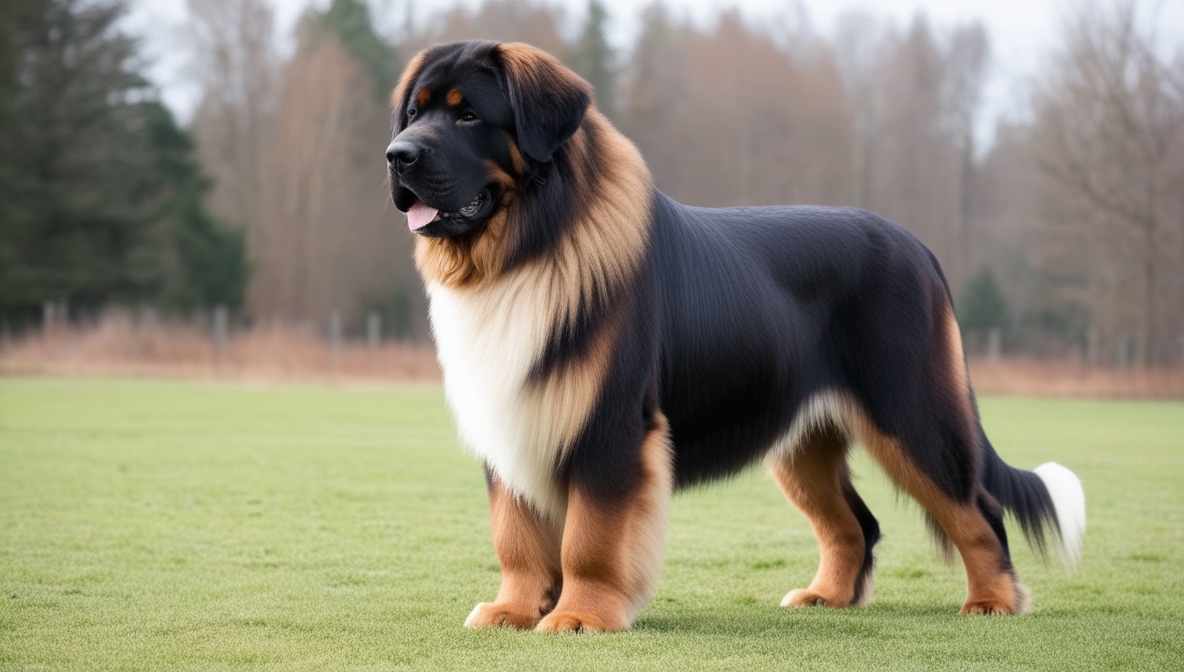
Introduction to the Leonberger
The Leonberger is a giant dog breed known for its gentle temperament, majestic appearance, and loyal nature. Originating from Germany in the 19th century, this breed was developed to resemble the lion depicted on the town crest of Leonberg, Baden-Württemberg. With males weighing between 50–77 kg and females ranging from 41–64 kg, the Leonberger belongs to the class of large working dogs alongside the Saint Bernard and Newfoundland.
This breed is often described as a gentle giant, making it a popular choice for families seeking a dog that combines protective instincts with a calm and loving personality. Recognized by the American Kennel Club (AKC) and the Federation Cynologique Internationale (FCI), the Leonberger is admired worldwide for its striking lion-like mane, balanced temperament, and adaptability.
Owners often appreciate this breed’s versatility. Leonbergers can serve as family companions, therapy dogs, and water rescue workers, thanks to their intelligence and eagerness to cooperate. Their double coat provides weather resistance, enabling them to thrive in colder climates. However, this also means grooming demands are significant, especially during seasonal shedding.
With an average lifespan of 8–9 years, the Leonberger is not only a large commitment in terms of size but also in care and responsibility. Prospective owners should understand that this dog requires consistent training, a balanced diet, ample exercise, and regular veterinary care to maintain health.
In this guide, we’ll explore every aspect of the Leonberger—from its origin, temperament, and training needs to health concerns, costs, and ownership suitability. Whether you are considering adoption, researching giant dog breeds, or simply curious about this majestic breed, this article provides all the information you need.
History and Origin of the Leonberger
The Leonberger’s history is deeply tied to the town of Leonberg, Germany, where it was intentionally bred in the 1840s by Heinrich Essig, a dog breeder and politician. Essig’s goal was to create a dog resembling the lion on Leonberg’s coat of arms. To achieve this, he crossbred the Saint Bernard, Newfoundland, and later, the Great Pyrenees. The result was a giant, strong, and noble-looking dog with a thick double coat and lion-like mane.
During the 19th century, the Leonberger gained popularity across Europe, particularly among nobility and royalty. Historical records show that figures such as Empress Elisabeth of Austria (Sisi), Napoleon III, and the Prince of Wales (later King Edward VII) owned Leonbergers. Their reputation as regal companions spread quickly, cementing their status as a symbol of prestige.
Leonbergers also proved their value beyond companionship. In their early years, they were used as farm dogs, draft animals, and water rescue dogs. Their strength allowed them to pull carts, while their intelligence and swimming ability made them valuable in lifesaving roles.
Like many breeds, the Leonberger’s existence was threatened by the World Wars. After World War I, only a handful of Leonbergers survived, largely thanks to dedicated breeders who preserved the bloodline. Following World War II, enthusiasts in Germany and Switzerland worked tirelessly to restore the breed.
By the mid-20th century, Leonbergers began spreading to North America, where they were officially recognized by kennel clubs. The American Kennel Club (AKC) granted full recognition in 2010, placing the Leonberger in the Working Group.
Today, the Leonberger is beloved not just for its historical prestige but also for its gentle temperament, family-friendly personality, and working capabilities. Its heritage, blending strength from Saint Bernards, water skills from Newfoundlands, and guarding instincts from Great Pyrenees, has created a balanced, multipurpose giant dog breed that thrives both in companionship and work.
General Appearance and Breed Standards
The Leonberger is often described as a majestic giant with a noble expression and a body built for both strength and elegance. According to the American Kennel Club (AKC) and the Federation Cynologique Internationale (FCI), the Leonberger is a balanced, muscular, and powerful working dog that maintains grace despite its immense size.
Size and Weight play a critical role in breed standards. Males typically stand 71–80 cm (28–31.5 inches) at the shoulder and weigh between 50–77 kg, while females measure 65–75 cm (25.5–29.5 inches) and weigh 41–64 kg. This significant difference between sexes highlights the breed’s sexual dimorphism, with males appearing more robust and heavily maned.
The coat is one of the Leonberger’s most distinguishing features. It consists of a dense double coat—a soft undercoat for insulation and a medium to long, water-resistant outer coat. The mane around the neck and chest, especially in males, creates a lion-like appearance, a deliberate trait selected during the breed’s development. Acceptable coat colors include lion-yellow, red, reddish-brown, and sand, often with a black mask that enhances their expressive face.
The head structure is broad but elegant, with a strong muzzle, dark brown almond-shaped eyes, and medium-sized pendant ears. The expression should convey intelligence, kindness, and confidence. The body is slightly longer than tall, supported by strong, straight legs and well-muscled hindquarters. The tail is bushy and carried low when at rest but may rise slightly when the dog is alert or moving.
Breed standards emphasize that despite their size, Leonbergers should move with fluidity and agility, covering ground in a balanced and effortless gait. Their working heritage required stamina and coordination, qualities still visible today.
When judged in conformation shows, deviations from breed standards—such as lack of a black mask, overly short muzzle, or incorrect size—may be considered faults. However, for most families, the Leonberger’s appeal lies less in show-ring perfection and more in its lion-like majesty and gentle demeanor.
In summary, the Leonberger’s general appearance can be summed up as a harmonious blend of size, strength, and elegance, making it one of the most visually striking breeds in the world.
Temperament and Personality Traits
The Leonberger temperament is often described as obedient, loyal, loving, fearless, and adaptable—traits that make this breed a remarkable family companion. Despite their intimidating size, Leonbergers are known for being gentle giants with a calm and even-tempered personality.
One of the most defining traits is their loyalty. Leonbergers form deep bonds with their families and are particularly affectionate toward children. Their patience and tolerance make them trustworthy around youngsters, earning them the reputation of being excellent “nanny dogs.” Unlike some working breeds, they rarely show aggression without provocation, instead relying on their sheer presence as a deterrent.
Their obedience is another strength. Leonbergers are highly trainable when approached with positive reinforcement methods such as treats, praise, and play. Harsh training techniques are counterproductive, as these dogs respond best to calm and consistent guidance. Once trained, they display fearlessness and confidence, qualities that historically made them reliable in water rescues and cart-pulling work.
Adaptability is another core personality trait. While they thrive in large homes with space to roam, Leonbergers can adapt to suburban living provided they receive sufficient exercise and mental stimulation. Their intelligence requires owners to provide more than just physical activity—engaging tasks such as obedience training, puzzle toys, or advanced working roles help prevent boredom.
Leonbergers are also known for being sociable. They generally get along well with other dogs and even cats if introduced early. However, due to their size, proper supervision is always recommended during playtime to avoid accidental injuries. Their watchful nature makes them effective guardians, but unlike more aggressive guard dogs, they rely on alert barking and protective presence rather than outright confrontation.
Despite these positive traits, potential owners should be aware that Leonbergers are not suited for everyone. Their need for companionship means they dislike being left alone for long periods. Separation anxiety can develop if they lack sufficient interaction. Furthermore, their sheer size requires owners who are capable of managing such a powerful breed, especially during adolescence when they may test boundaries.
In short, the Leonberger is an affectionate, balanced, and dependable breed, perfectly suited to families who can provide time, space, and training. Their combination of loyalty, adaptability, and gentleness ensures they excel as both companions and working partners.
Conclusion:
The Leonberger is more than just a dog—it is a majestic companion, loyal family member, and versatile working breed. Originating in Germany and developed to resemble a lion, this giant dog breed blends strength, elegance, and gentleness in a way that few others can. Recognized by major kennel clubs such as the American Kennel Club (AKC) and the Federation Cynologique Internationale (FCI), the Leonberger has earned global respect as both a family companion and a working partner.
For families, the Leonberger offers unmatched loyalty, patience, and affection. Their temperament makes them well-suited to households with children, where their calm and protective nature shines. They also coexist well with other pets when introduced properly. However, potential owners must remember that Leonbergers are large, powerful dogs requiring confident handling, early training, and ongoing socialization.
Caring for a Leonberger comes with responsibility. Their double coat demands regular grooming to manage shedding, and their size requires significant space, exercise, and proper nutrition to stay healthy. Like other giant breeds, Leonbergers are prone to conditions such as hip dysplasia and heart issues, meaning veterinary care is an essential part of ownership. With a typical lifespan of 8–9 years, their time with families is precious, but the bond they create lasts a lifetime.
Financially, the cost of ownership can be high, factoring in quality food, veterinary bills, grooming, and space accommodations. This makes the Leonberger best suited for owners who are fully prepared for the long-term commitment. In return, what you gain is a gentle giant that thrives on companionship, excels in roles such as therapy and water rescue, and provides both protection and affection.
In conclusion, the Leonberger is the right dog for families who can provide time, love, and structure. They are not ideal for owners seeking a low-maintenance pet or those with limited living space. But for those who embrace the challenge, the Leonberger offers unwavering loyalty, a majestic presence, and a deep bond that defines the very essence of the human–dog relationship. If you are ready for a breed that is as regal as it is gentle, the Leonberger may just be the perfect match.
